This is a list of the most notable films produced in the Cinema of Germany in 1937.
This is a list of the most notable films produced in the Cinema of Germany in 1937.
| Title | Director | Cast | Genre | Notes |
|---|---|---|---|---|
| Huiii! | Wolfgang Kaskeline | animation | ||
| Die Postkutsche | This was the first experimental short movie in Agfacolor. It was shot on 35 mm reversal film. | |||
| Der rechte Weg | animation | |||
| The Seven Ravens | Ferdinand and Hermann Diehl | Animated, fantasy | ||
| Die Schlacht um Miggershausen | Georg Woelz | animation | ||
| Waardige vertegenwoordiging | Hans Fischerkoesen | animation | ||
| Opfer der Vergangenheit. Die Sünde wider Blut und Rasse. | Gernot Bock-Stieber | Anonymous victims of various illness. | Nazi propaganda film | Victims of the Past. The Sin against Blood and Race. This film was shown in every cinema in Germany. |
| Weltraumschiff 1 startet... | Anton Kutter | Science fiction | ||

The 1930s was a decade that began on January 1, 1930, and ended on December 31, 1939. In the United States, the Dust Bowl led to the nickname the "Dirty Thirties".

LZ 129 Hindenburg was a German commercial passenger-carrying rigid airship, the lead ship of its class, the longest class of flying machine and the largest airship by envelope volume. It was designed and built by the Zeppelin Company on the shores of Lake Constance in Friedrichshafen, Germany, and was operated by the German Zeppelin Airline Company. It was named after Field Marshal Paul von Hindenburg, who was President of Germany from 1925 until his death in 1934.

La Grande Illusion is a 1937 French war drama film directed by Jean Renoir, who co-wrote the screenplay with Charles Spaak. The story concerns class relationships among a small group of French officers who are German prisoners of war during World War I and are plotting an escape.

Douglas Sirk was a German film director best known for his work in Hollywood melodramas of the 1950s. However, he also directed comedies, westerns, and war films. Sirk started his career in Germany as a stage and screen director, but he left for Hollywood in 1937 after his Jewish wife was persecuted by the Nazis.

Sir Alexander Korda was a Hungarian–born British film director, producer, and screenwriter, who founded his own film production studios and film distribution company.
The year 1937 in film involved some significant events, including the Walt Disney production of the first American full-length animated film, Snow White and the Seven Dwarfs.

The Nuremberg rallies were a series of celebratory events coordinated by the Nazi Party in Germany. The first Nazi Nuremberg rally took place in 1923. This rally was not particularly large and did not have much impact; however, as the party grew in size, the rallies became more elaborate and featured larger crowds. They played a seminal role in Nazi propaganda events, conveying a unified and strong Germany under Nazi control. The rallies became a national event once Adolf Hitler rose to power in 1933, when they became annual occurrences. Once the Nazi dictatorship was firmly established, the party's propagandists began filming them for a national and international audience. Nazi filmmaker Leni Riefenstahl produced some of her best known work including Triumph of the Will (1934) and The Victory of Faith (1933), both filmed at the Nazi party rally grounds near Nuremberg. The party's 1938 Nuremberg rally celebrated the Anschluss that occurred earlier that year. The 1939 scheduled rally was cancelled just before Germany's invasion of Poland and the Nazi regime never held another one due to the prioritization of Germany's efforts in the Second World War.
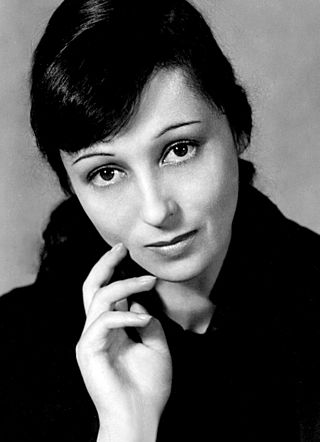
Luise Rainer was a German-born film actress. She was the first thespian to win multiple Academy Awards, and the first to win back-to-back; at the time of her death, thirteen days shy of her 105th birthday, she was the longest-lived Oscar recipient, a superlative that has not been exceeded, as of 2024.

Joseph Schildkraut was an Austrian-American actor. He won an Oscar for his performance as Captain Alfred Dreyfus in the film The Life of Emile Zola (1937). He was nominated for a Golden Globe for his performance as Otto Frank in the film The Diary of Anne Frank (1959) and a Primetime Emmy for his performance as Rabbi Gottlieb in a 1962 episode of the television series Sam Benedict.

Veit Harlan was a German film director and actor. Harlan reached the highpoint of his career as a director in the Nazi era; most notably his antisemitic film Jud Süß (1940) makes him controversial. While viewed critically for his ideologies, a number of critics consider him a capable director on the grounds of such work as Opfergang (1944).

Dita Parlo was a German film actress.

Oskar Homolka was an Austrian film and theatre actor, who went on to work in Germany, Britain, and America. Both his voice and his appearance fitted him for roles as communist spies or Soviet officials, for which he was in regular demand. By the age of 30, he had appeared in more than 400 plays; his film career covered at least 100 films and TV shows.
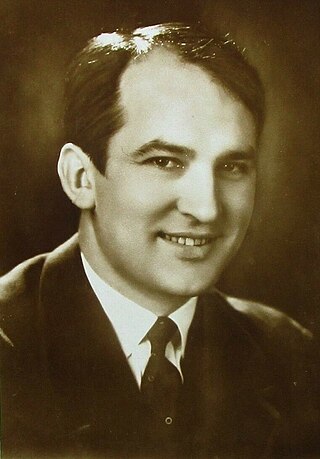
William Dieterle was a German-born actor and film director who emigrated to the United States in 1930 to leave a worsening political situation. He worked in Hollywood primarily as a director for much of his career, becoming a United States citizen in 1937. He moved back to Germany in the late 1950s.

Erbkrank is a 1936 Nazi propaganda film directed by Herbert Gerdes.
Fritz Maurischat was a German production designer. He made his film debut in 1924. Over the next 38 years, he worked on over 70 films, all of them in his native Germany.
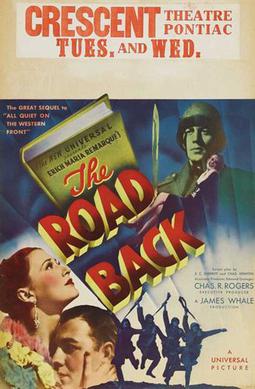
The Road Back is a 1937 American historical drama war film directed by James Whale, starring John King, Richard Cromwell, and Slim Summerville with a supporting cast featuring Andy Devine, Louise Fazenda, Noah Beery Jr., Lionel Atwill, Spring Byington, Al Shean, and an uncredited Dwight Frye. The screenplay is by Charles Kenyon and R. C. Sherriff from the 1931 novel of the same name by Erich Maria Remarque. Combining a strong anti-war message with prescient warnings about the rising dangers of the dictatorship of Nazi Germany, it was intended to be a powerful and controversial picture, and Universal entrusted it to their finest director, James Whale.
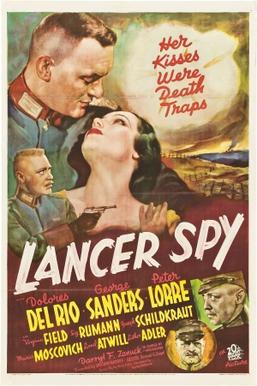
Lancer Spy is a 1937 American thriller film directed by Gregory Ratoff and starring Dolores Del Rio and George Sanders. Its plot concerns an Englishman who impersonates a German officer and a female German spy who falls in love with him.
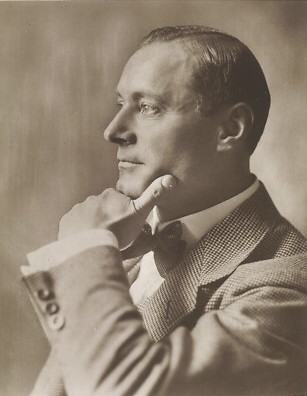
Heinrich August Franz Schroth was a German stage and film actor.
Operetta films are a genre of musical films associated with, but not exclusive to, German language cinema. The genre began in the late 1920s, but its roots stretch back into the tradition of nineteenth century Viennese operettas.
Prussian films were a cycle of historical films made in Germany during the Weimar (1918–1933) and Nazi (1933–1945) eras noted for their general glorification of Prussian history and its military. The films are set during the eighteenth and nineteenth centuries. They particularly focused on Frederick the Great, who ruled Prussia from 1740 to 1786 greatly expanding its territory. The films were extremely popular with German audiences and an estimated forty four were produced by the end of the Second World War.